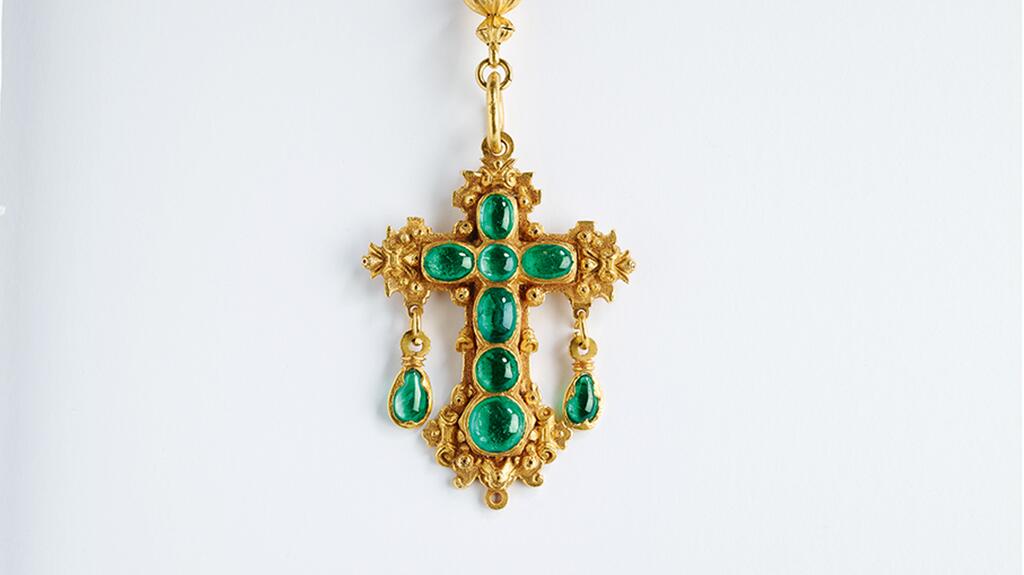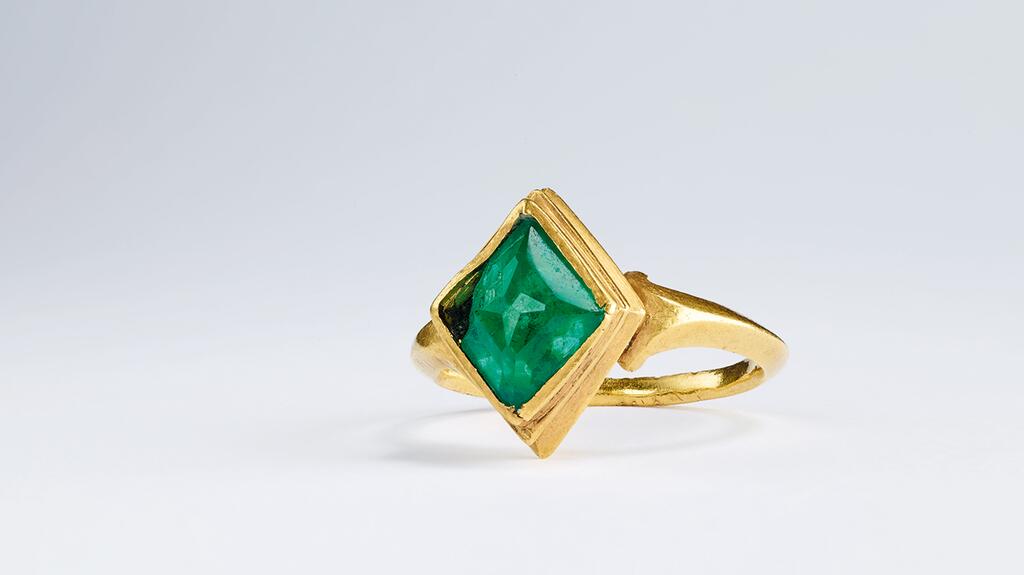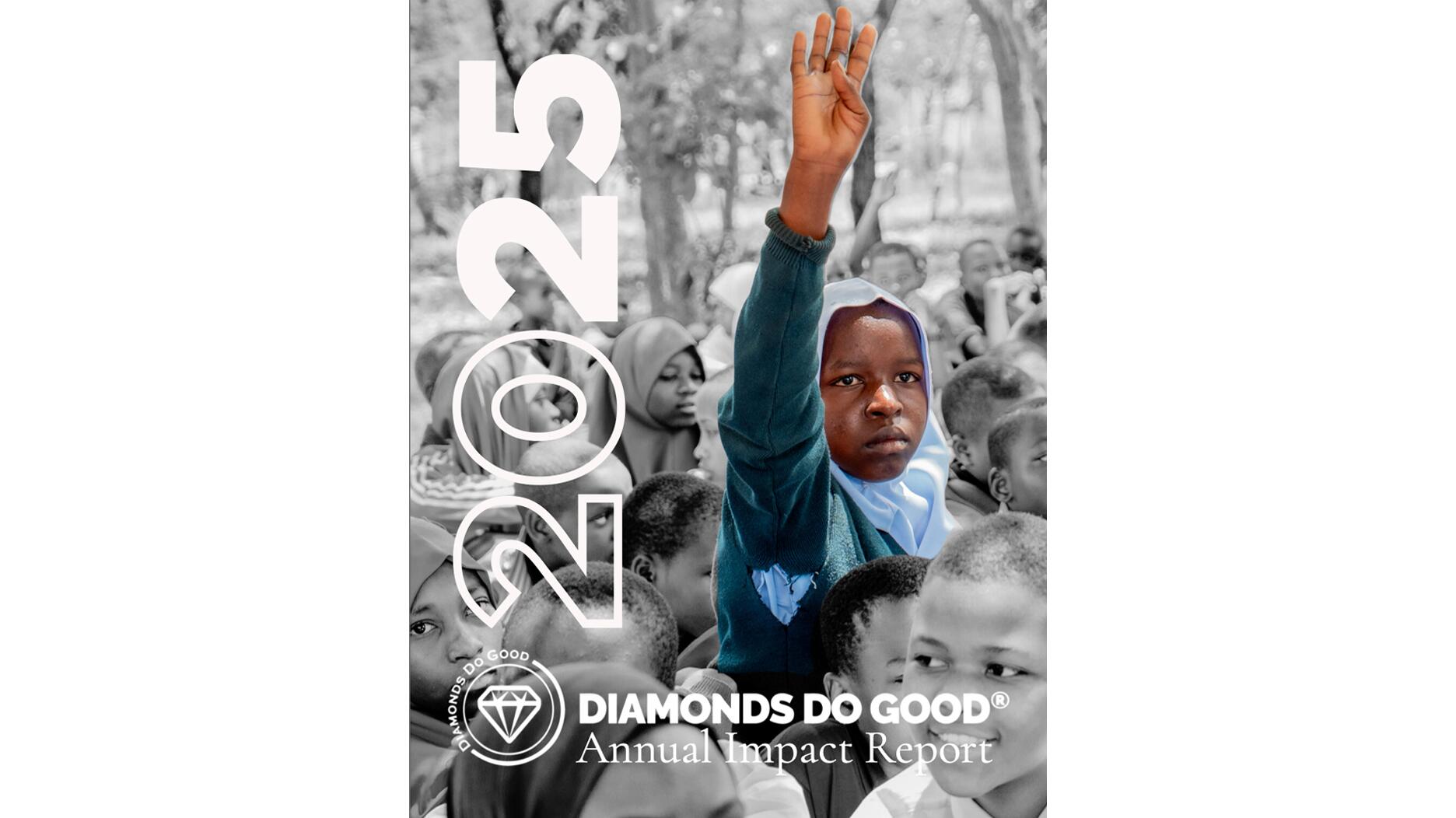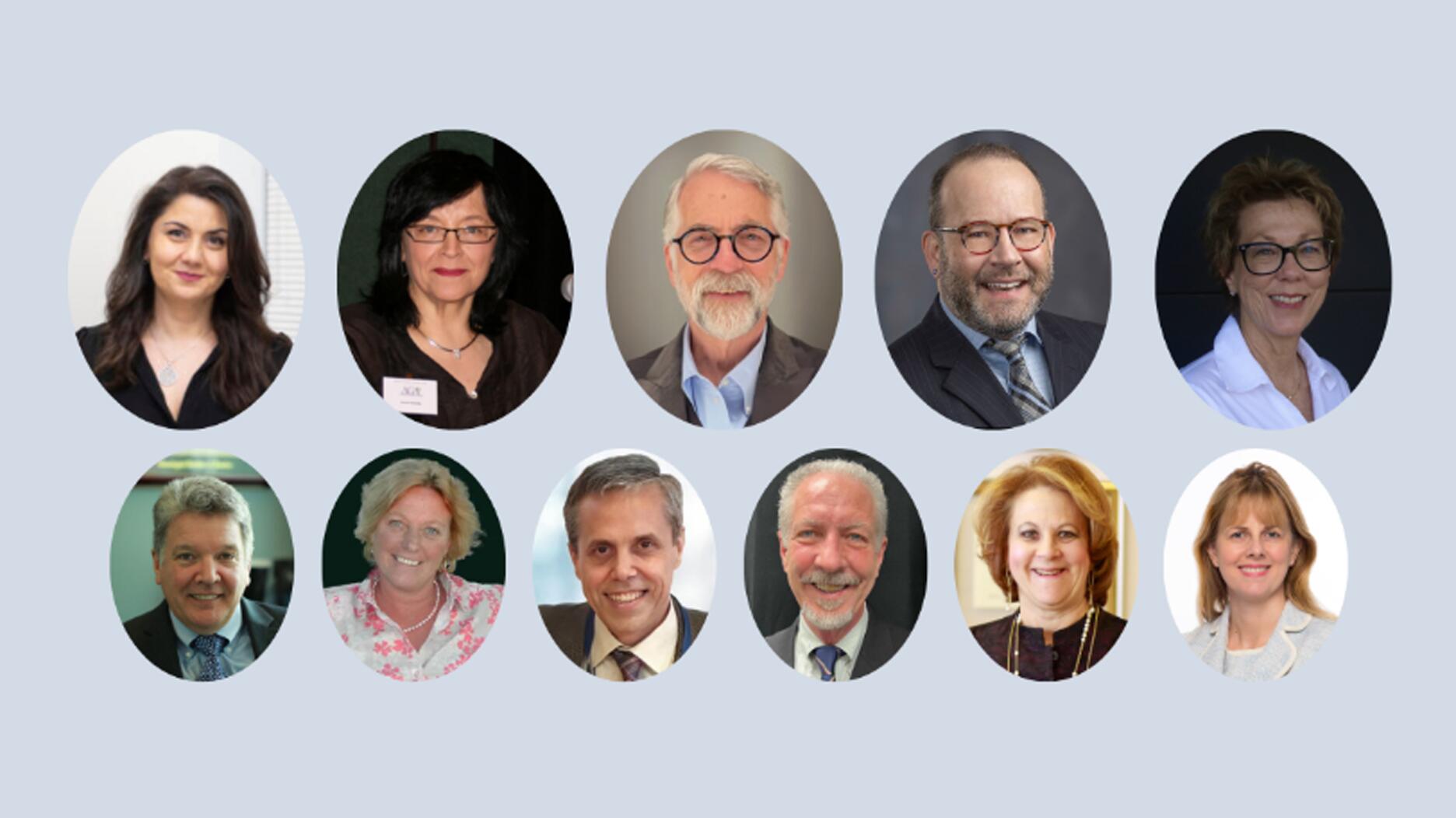Muzo’s Collection of Shipwrecked Emeralds Makes US Debut
The three pieces, recovered from a 17th century shipwreck, are set with emeralds from Colombia’s Muzo mine.

While historians believe indigenous peoples were in the Muzo mines as early as 500 A.D., the Spanish, who colonized Colombia starting in the 16th century, often are credited with the discovery of the verdant gems.
With the Spanish in power, gems flowed out of the country alongside other South American commodities, like gold, silver, and tobacco, on global trade routes for royals and Mughal emperors seeking the most spectacular specimens, said Muzo Emerald Colombia, the sales and marketing arm of the company that now owns and operates the famed mines.
Three pieces of emerald jewelry in the cargo aboard one particular ship, which never completed its voyage, now comprise the Muzo Private Collection, which made its U.S. debut last month at The Winter Show, an invite-only premiere art, antique and design fair in New York.

In 1622, Spanish galleons, including the Santa Margarita and the Nuestra Señora del Rosario, departed from ports in present-day Colombia, Panama, and Cuba on a return voyage.
One vessel owned by King Philip IV of Spain, the Nuestra Señora de Atocha, was carrying a nearly unfathomable load of cargo.
It took two months to load all the goods on board, according to the Mel Fisher Maritime Museum in Key West, Florida.
Muzo said the cargo had an estimated value between $250 and $500 million.
Unfortunately, the ship, also carrying 265 people, got caught in a storm and sank, the museum said, and while rescuers tried to retrieve what they could, they eventually had to mark the site of the wreck and move on to rescue people and treasure from the other ships caught in the storm.
Not long after, a second hurricane struck, further destroying the Atocha and scattering the wreckage for miles.
In 1969, American treasure hunter Mel Fisher began searching for the ship’s sunken remains, Muzo said.
In 1973, silver bars matching the weights and tally numbers on the ship’s cargo manifest were found, confirming the hunters were close, according to the museum, and in 1975, more cargo was recovered.
The Santa Margarita was discovered in 1980 and, finally, in July of 1985 the Atocha—the “motherlode”— was found and excavation began.
The loot included a small cache of rough Muzo crystals, though thousands more gems are thought to remain at the bottom of the ocean, said Muzo.
Some finished emerald jewelry survived the shipwreck, including lavish gold jewels, crosses, brooches and other ornaments, each characteristic of 17th century Spanish court style.
Three pieces found their way back to Muzo, which said it was those existing cargo documents that helped identify and confirm the emeralds’ origin.
“We have three of the most important pieces that contain Muzo emeralds in a piece of jewelry,” said Gabbi Harvey, the company’s head of business development.
Muzo invested in the pieces in 2014 – the royal orb, a cross on a necklace, and a ring.

While Harvey described the pieces Muzo acquired as the “most significant” recovered from the shipwreck, they are not the first emeralds from the Atocha to make headlines.
In December 2022, Sotheby’s New York auctioned a 5.27-carat octagonal step-cut emerald ring crafted from one of the rough emeralds discovered in the wreckage.
It sold for $1.2 million, blowing its $50,000-$70,000 pre-sale estimate out of the water.
The ring had been the engagement ring of author Mitzi Perdue, wife of chicken magnate Frank Perdue, one of the financial backers of Fisher’s search and recovery mission.
The recovered goods bring new insights into the workings of the world during that time in history.
Specifically, the finished jewelry that was recovered demonstrates the sophisticated techniques and craftsmanship of 17th century jewelers, Muzo said.
The orb with the cross, also known as a globus cruciger, was traditionally used as an emblem of Christ’s power by Christian monarchs or to indicate Christ’s sovereignty over the cosmos.
The one recovered from the shipwreck is thought to have been a processional orb used in annual celebrations by the church for Easter or saints’ days.
Elegantly designed, with scrolled Spanish cannetille filigree and Muzo emeralds, it represents the world, the company said, and the cross overlaid onto the orb speaks to the divine and God’s omnipresence.
Because the orb contains so many emeralds, 37, it most likely was made by goldsmiths in Colombia, Muzo said.
The other two pieces were named in honor of the Nuestra Señora de Atocha.
The Atocha cross is a 22-karat yellow gold and emerald cross found in the hull of the sunken vessel. Muzo said it represents the “most prized of all artifacts” from the wreck.
The Atocha ring is a high karat gold ring typical of the wealthier class during the 17th century. It is a size 5.5 and features a single 2.5-carat emerald with a slight chip.
In 2018, Muzo manufactured its own collection inspired by the Atocha pieces, the Heritage Collection.
“[The Heritage Collection] was an opportunity to bring back the past.”
The Muzo Private Collection, as well as some pieces from the Heritage collection, were on view at The Winter Show in New York in January.
It was the collection’s first time on public display in America and added to the discussion of what’s next for these irreplaceable artifacts of history.
“They were received beautifully [at the show], and the story is so incredible, and we do think it needs to be shared with everyone else,” Harvey said.
“We didn’t realize how many people knew about the Atocha and how significant it was. It’s really for a shame for us to keep these wonderful artifacts in a safe, so we’ve had brief discussions that perhaps we will put it in a museum; it just has to be the right place.”
Until the perfect opportunity presents itself, the Muzo team plans to cherish their time with the collection.
Harvey summed it up, “It’s a piece of Muzo. It’s a piece of Spanish history. It’s quite an incredible find.”
The Latest

“Bridgerton” actresses Hannah Dodd and Claudia Jessie star in the brand’s “Rules to Love By” campaign.

Founded by jeweler and sculptor Ana Khouri, the brand is “expanding the boundaries of what high jewelry can be.”

The jewelry manufacturer and supplier is going with a fiery shade it says symbolizes power and transformation.

How Jewelers of America’s 20 Under 40 are leading to ensure a brighter future for the jewelry industry.

The singer-songwriter will make her debut as the French luxury brand’s new ambassador in a campaign for its “Coco Crush” jewelry line.


The nonprofit’s new president and CEO, Annie Doresca, also began her role this month.

As the shopping mall model evolves and online retail grows, Smith shares his predictions for the future of physical stores.

Roseco’s 704-page catalog showcases new lab-grown diamonds, findings, tools & more—available in print or interactive digital editions.

The trade show is slated for Jan. 31-Feb. 2 at The Lighthouse in New York City's Chelsea neighborhood.

January’s birthstone comes in a rainbow of colors, from the traditional red to orange, purple, and green.

Footage of a fight breaking out in the NYC Diamond District was viewed millions of times on Instagram and Facebook.

The supplier has a curated list of must-have tools for jewelers doing in-house custom work this year.

The Signet Jewelers-owned store, which turned 100 last year, calls its new concept stores “The Edit.”

Linda Coutu is rejoining the precious metals provider as its director of sales.

Sparkle with festive diamond jewelry as we celebrate the beginning of 2026.

The master jeweler, Olympian, former senator, and Korean War veteran founded the brand Nighthorse Jewelry.

In its annual report, Pinterest noted an increase in searches for brooches, heirloom jewelry, and ‘80s luxury.

Executive Chairman Richard Baker will take over the role as rumors swirl that a bankruptcy filing is imminent for the troubled retailer.

Mohr had just retired in June after more than two decades as Couture’s retailer liaison.

Shekhar Shah of Real Gems Inc. will serve as president of the Indian Diamond & Colorstone Association in 2026.

This year’s good luck charm features the mythical horse Pegasus, and is our first Piece of the Week of the new year.

Articles about crime, engagement rings, and a necklace worn in the World Series generated the most interest among readers.

As part of the leadership transition, Sherry Smith will take on the role of vice president of coaching strategy and development.

It marks the third time the country has headed the Kimberley Process. Ghana will serve as vice chair.

The new Bulova x Stetson designs highlight two animals often associated with the American West—the bison and the Texas Longhorn.

Its residency at Yamron Jewelers will run through May 2026.

From influential executives to innovative designers, we pay tribute to the people we said goodbye to this year.




























